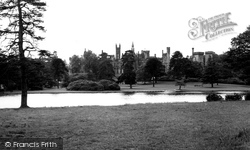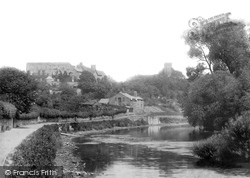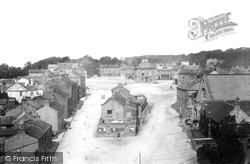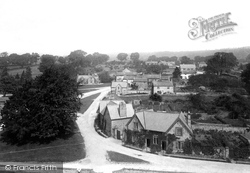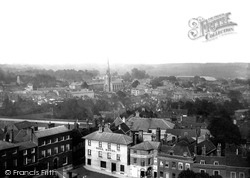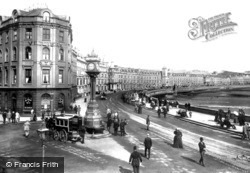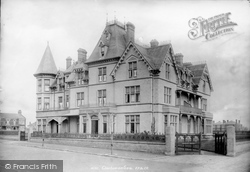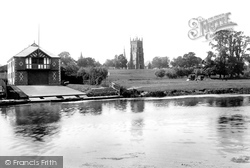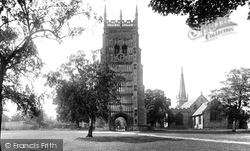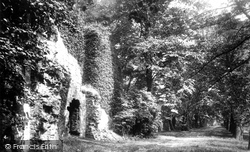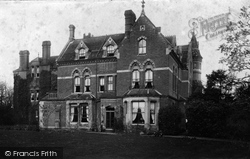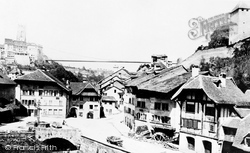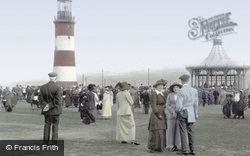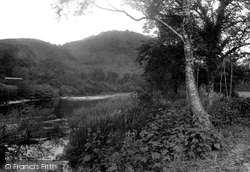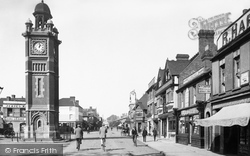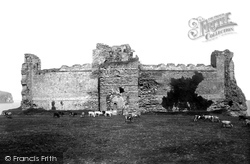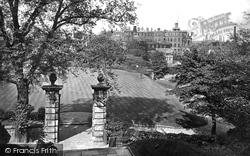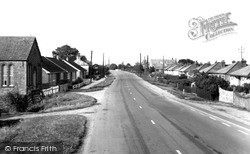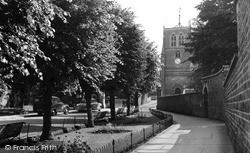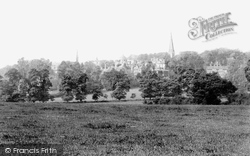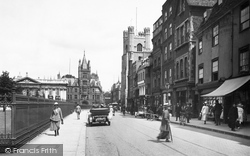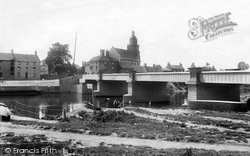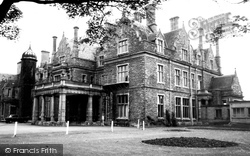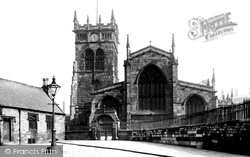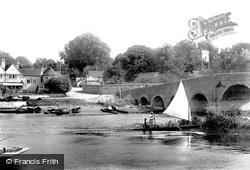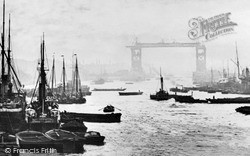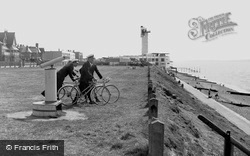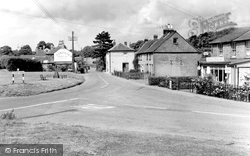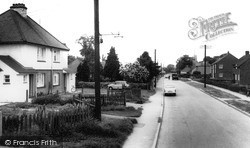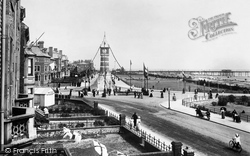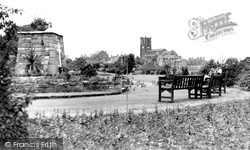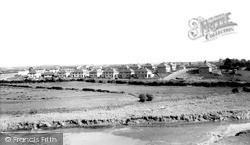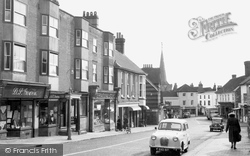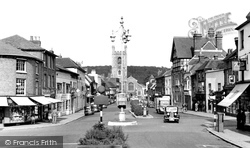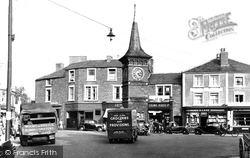Places
36 places found.
Those places high-lighted have photos. All locations may have maps, books and memories.
- Poplar, Middlesex
- Bow, Middlesex
- Bethnal Green, Middlesex
- Stepney, Middlesex
- Alton Towers, Staffordshire
- Isle of Dogs, Middlesex
- Limehouse, Middlesex
- Spitalfields, Middlesex
- Barjarg Tower, Dumfries and Galloway
- Bromley, Middlesex
- Stratford Marsh, Middlesex
- Tower Hill, Merseyside
- Tower Hill, Essex
- St George in the East, Middlesex
- Wapping, Middlesex
- Globe Town, Middlesex
- Old Ford, Middlesex
- Cubitt Town, Middlesex
- Tower Hill, Cheshire
- Tower Hill, Surrey
- Bow Common, Middlesex
- Mile End, Middlesex
- Millwall, Middlesex
- Ratcliff, Middlesex
- Warmley Tower, Avon
- Tower Hill, Hertfordshire
- Tower End, Norfolk
- Tower Hamlets, Kent
- Tower Hill, Devon
- Tower Hill, West Midlands
- Blackwall, Middlesex
- North Woolwich, Middlesex
- Hackney Wick, Middlesex
- Shadwell, Middlesex
- South Bromley, Middlesex
- Tower Hill, Sussex (near Horsham)
Photos
1,787 photos found. Showing results 1,321 to 1,340.
Maps
223 maps found.
Books
1 books found. Showing results 1,585 to 1.
Memories
637 memories found. Showing results 637 to 637.
Captions
3,007 captions found. Showing results 1,585 to 1,608.
The great curtain wall with its central gatehouse, flanked at either end by a massive round towers, dates from the last quarter of the 14th century.
Following the clo- sure of the hospital in 1992, the main building and the Round Tower of the Jubilee Wing were taken over by Nottingham Health Authority.
The banks of this river tower over most of the buildings in the village, such is the shrinkage of the local peat landscape.
Only the tower survives intact, and the brick nave was built inside the ruin in 1672.
The 13th-century tower has a stair turret that was probably added with the new peal of bells in the 15th century; most of the church seems to have been rebuilt then.
The tower of the parish church with its spire alongside, rather than above, lies ahead, with a path leading to the market square to its left.
St Mary's Church dominates the photograph from its well-treed setting, with to its right the sheer elevation of The Foss and Grove Hill by Habershon, and to its left the Speech Room tower and chapel fleché
Before the construction of the Senate House in the early 18th century, students received their degrees in the Church of Great St Mary's, whose tower dominates the right-hand side of the road.
The tower of the church is 13th-century, but the unusual copper cupola was added in 1769 - it was designed by Anthony Keck. The main body of the church was demolished in the 1930s.
The round turret by the side of the main entrance with its ogee cap looks very much like a windmill tower.
The west tower was heightened in 1861, but the lower part is 13th-century, or perhaps even earlier, as the walls here are 6ft thick and there is also a garderobe chamber.
The Great House Hotel on the left is now much extended, and the church tower is largely concealed by more mature trees.
Here we see the towers - 'steel skeletons clothed in stone' as described by Sir John Wolfe Barry, the architect - not yet stone clad, and the upper walkway taking shape.
The 120-ft tower seen here was demolished in 1969.
Fawkham's church, repaired and reseated by the Victorians, has a wooden tower and Norman windows.
The fine west tower dates from the 15th century, although the nave and chancel may be traced to Norman times.
The garlands from the formal opening are still evident in this view, in which visitors admire the pristine stone and brick of the Clock Tower.
It was at this time that the tower was added.
Much of the church dates from the 14th century, but the old west tower fell down and was rebuilt in 1850; further restoration followed.
In the background, the stately Perpendicular tower of Heanor's Parish Church of St Lawrence dominates the view. The church was extensively rebuilt in 1868.
The four round towers of the castle which enclose the courtyard can be climbed to a considerable height.
From the 15th-century church, with its famous tower crowned by a tall spire, there are good views towards the Clayton Windmills.
Although the foundations of the church date back to the 13th century, the flint tower was only built in the 16th century.
The clock tower was built by the potter Sir Edmund Elton for Queen Victoria's Diamond Jubilee in 1897, by which time the shops were spreading towards the sea front with tourist development.
Places (38)
Photos (1787)
Memories (637)
Books (1)
Maps (223)


